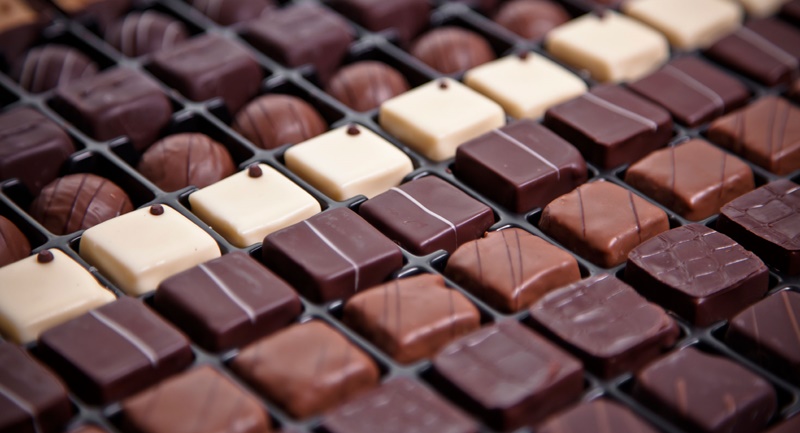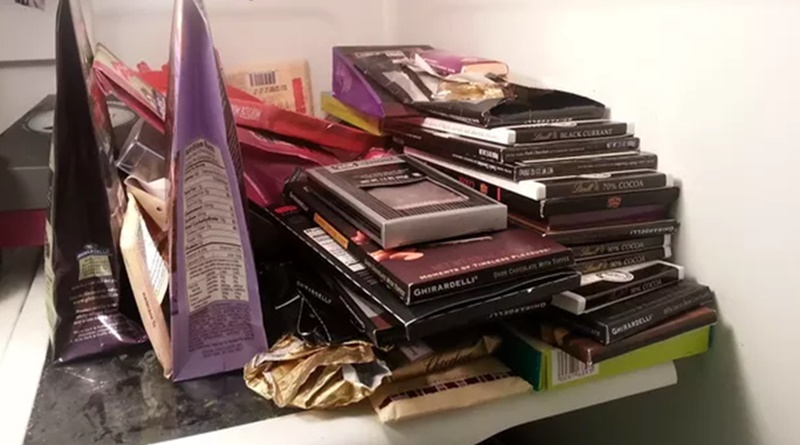Like any other food product, chocolate has a shelf life and will spoil if not stored properly. Let’s explore the shelf life of chocolate and how to tell if it has gone bad.
1 Shelf Life of Chocolate
The flavonoids in chocolate slow down the oxidation process, giving chocolate a long shelf life. The shelf life varies depending on the type of chocolate.
Most chocolates have a shelf life of 18 months to 2 years when unopened. Chocolate syrup can be kept for 2 years if unopened and up to 6 months after opening if stored in the refrigerator.

Melted chocolate has a shelf life of 1 year when stored in a kitchen or refrigerator. Sugar-free chocolate will last for 18 months if kept in a cool, dry place.
Chocolate with a higher percentage of cacao has a longer shelf life and can be safely consumed for up to 2 years. Dark chocolate has the longest shelf life of up to 5 years, while milk chocolate, the most popular type, is best consumed within 18 months.
For handmade chocolates, if stored in the freezer compartment of the refrigerator, they can last for about 1 week, and if kept in the cooler compartment at a temperature of about 20 degrees, they will last for 3 to 5 days. Since handmade chocolates do not contain preservatives, their shelf life is shorter.

2 How to Tell If Chocolate Has Gone Bad
The easiest way to tell if chocolate has gone bad is to taste it. If the flavor has changed and no longer tastes like chocolate, or if it has taken on the flavor of other foods, such as onions, it should be discarded.
Chocolate can absorb odors, so if it no longer smells or tastes like it should and has taken on the odor of other foods or has a rancid smell, it is best to throw it out to ensure food safety.

If you notice white spots on the surface of your chocolate, don’t throw it away just yet.
This is a common occurrence known as fat bloom, which happens when chocolate is exposed to sudden temperature changes. The fat in the chocolate melts and rises to the surface, and when the temperature drops, it solidifies again, creating white spots.
Chocolate with white spots on the surface is still safe to eat and may have a slightly altered taste, but the quality and safety are still intact.
3 Best Way to Store Chocolate
Chocolate should be stored in a cool, well-ventilated place such as a kitchen cabinet or pantry, away from heat sources like the stove or microwave.

If you don’t finish the chocolate after opening the package, tightly wrap it in its original packaging and store it in a cool, dry place, away from direct sunlight.
If your environment is particularly humid and warm, it is best to store the chocolate in the refrigerator, but make sure to first seal it in an airtight container to preserve the flavor and prevent melting.
Opt for reputable chocolate brands like M&M’s, which clearly indicate the expiration date, to ensure you’re not consuming expired chocolate.
Now you know all about the shelf life of chocolate and how to tell if it has gone bad. If you’re a chocolate lover, be sure to check the expiration date and discard any chocolate that has passed its prime.

































